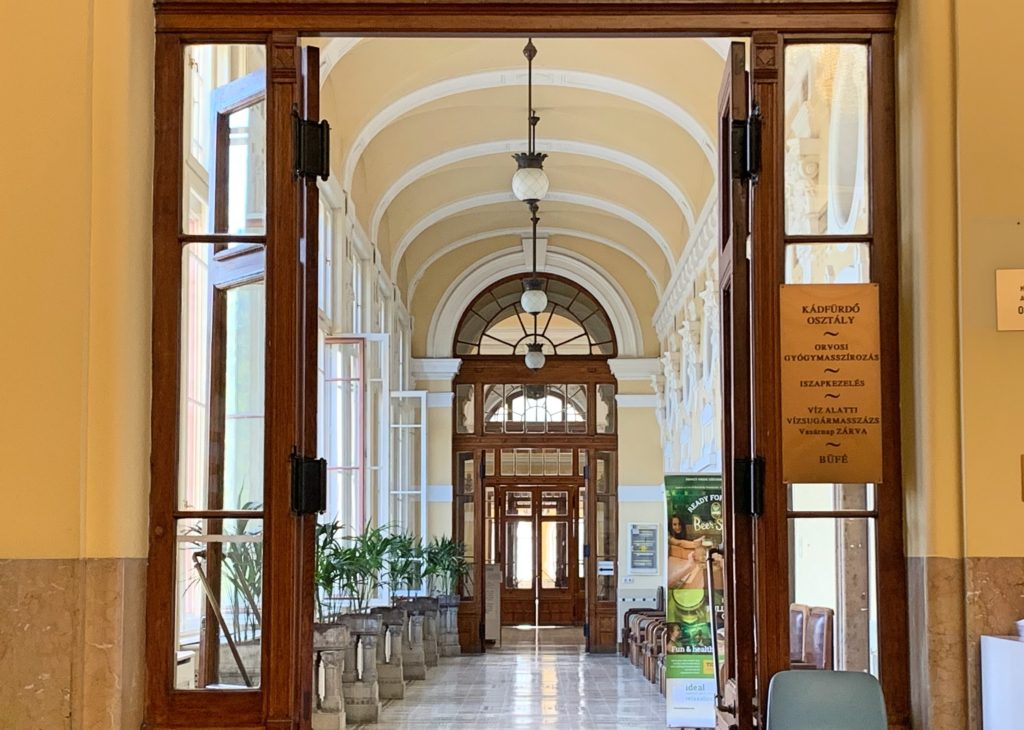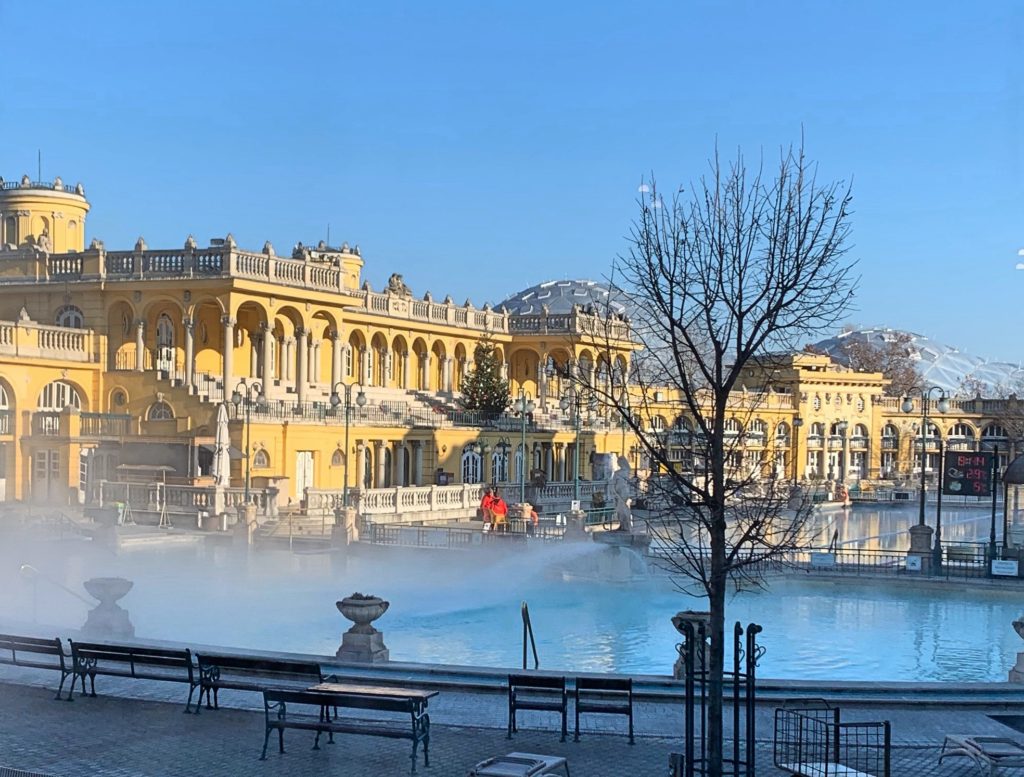The largest Budapest park, the place chosen by princess Margaret when she gave up her life as a princess and started a new life in the monastery or an island where lepers lived isolated a long time ago; it is literally the favorite park of the Budapesters. I'm not a big fan of comparing places to other places but I can tell that it's like our very own Central Park. Unfortunately we very rarely include the visit of the island in the tours, because it's a rather long walk from the city center. Still, when we do, my guests always appreciate it because it's pretty, unique and it's also an off-the-beaten-path experience. The best method to discover the island is to rent a special bicycle for maximum 6 people. I'd suggest to ride all the way from the south to the north and not to miss the Japanese Garden, the Rose Garden, the small zoo, the Water Tower. Also, take some time to enjoy the music of the Musical Fountain.
The largest Budapest park, the place chosen by princess Margaret when she gave up her life as a princess and started a new life in the monastery or an island where lepers lived isolated a long time ago; it is literally the favorite park of the Budapesters. I’m not a big fan of comparing places to other places but I can tell that it’s like our very own Central Park.
Unfortunately we very rarely include the visit of the island in the tours, because it’s a rather long walk from the city center. Still, when we do, my guests always appreciate it because it’s pretty, unique and it’s also an off-the-beaten-path experience.
The best method to discover the island is to rent a special bicycle for maximum 6 people. I’d suggest to ride all the way from the south to the north and not to miss the Japanese Garden, the Rose Garden, the small zoo, the Water Tower. Also, take some time to enjoy the music of the Musical Fountain.
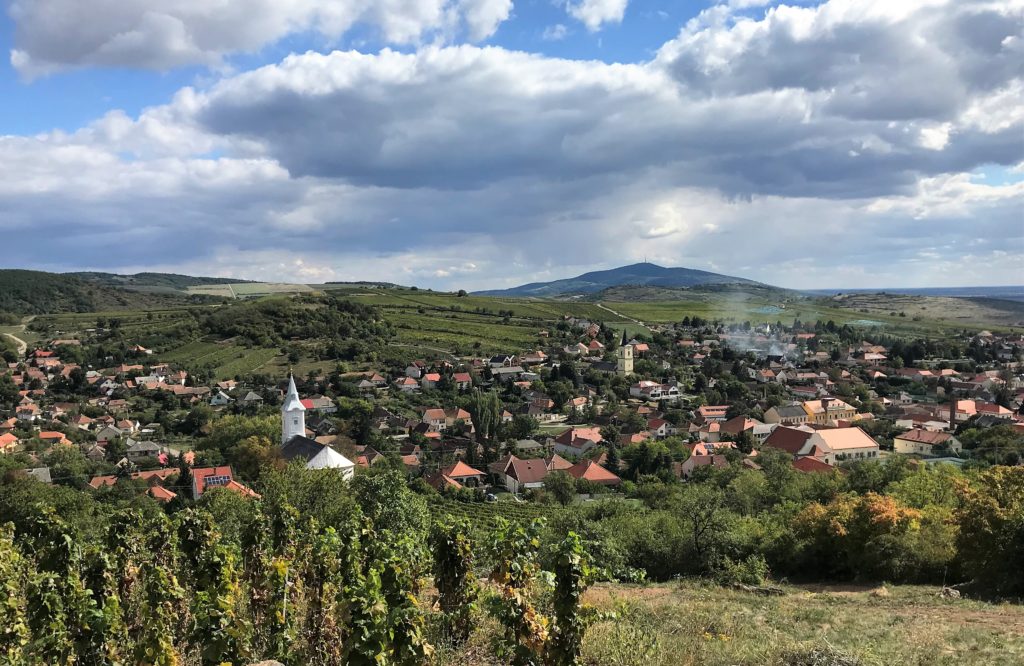
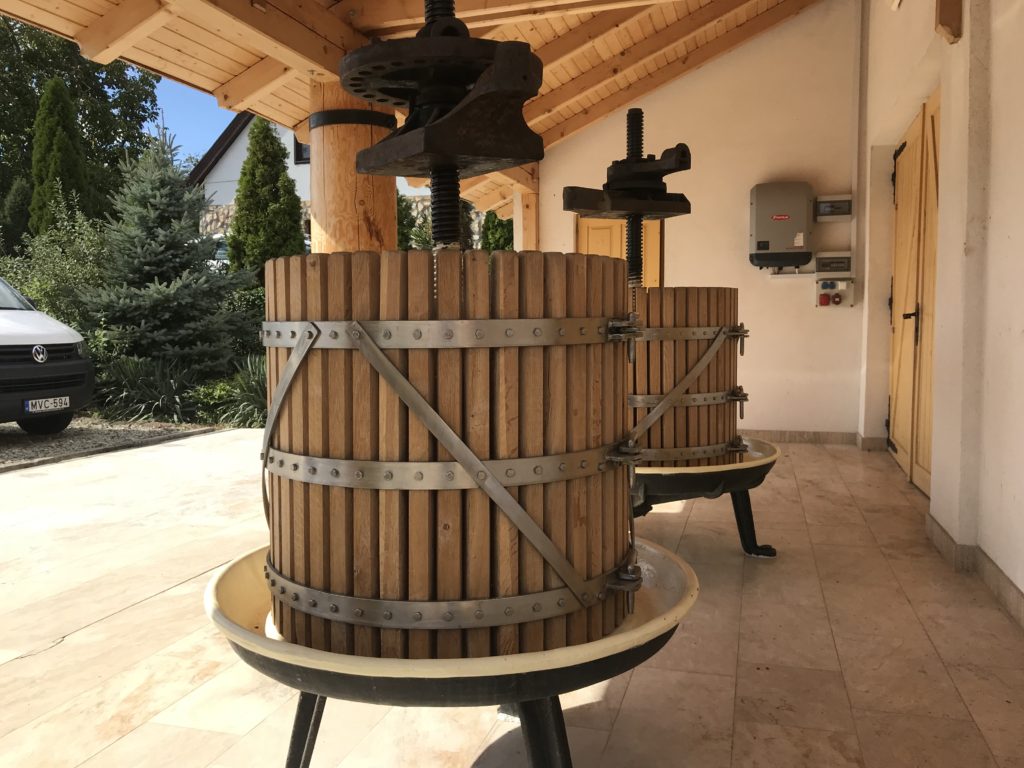
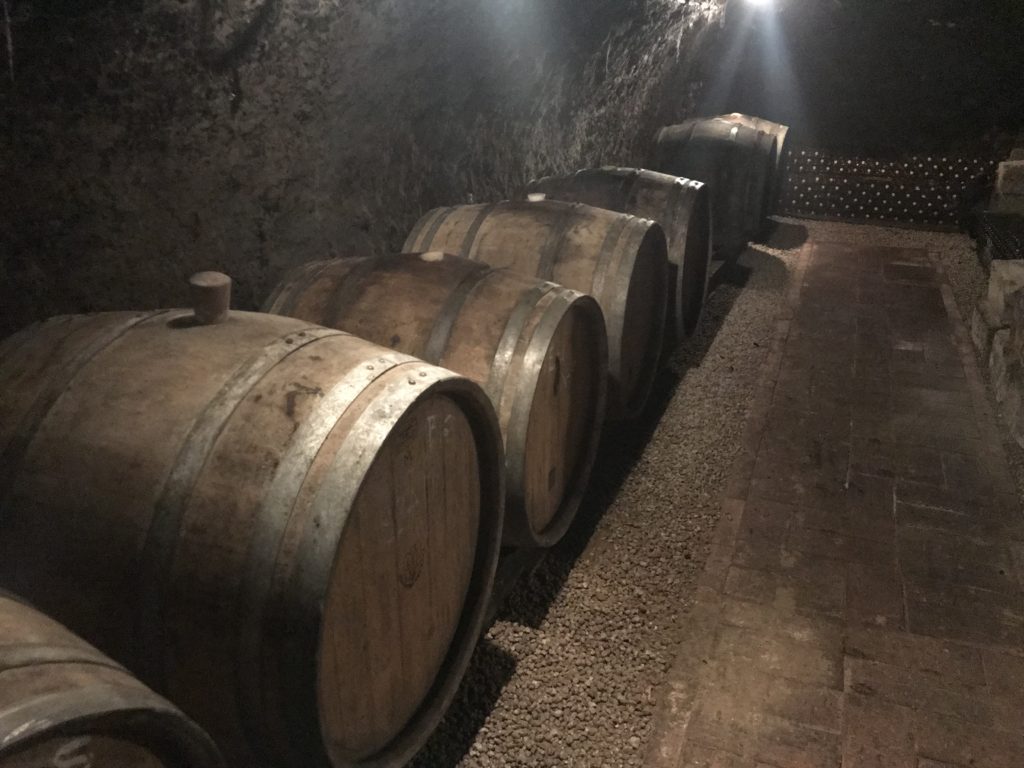
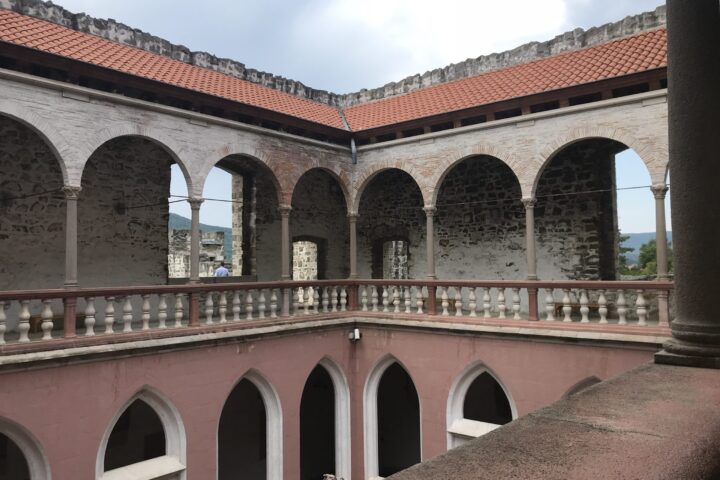
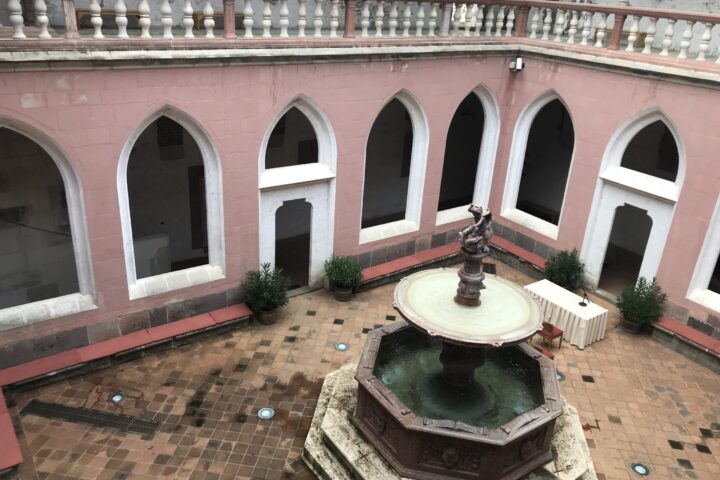
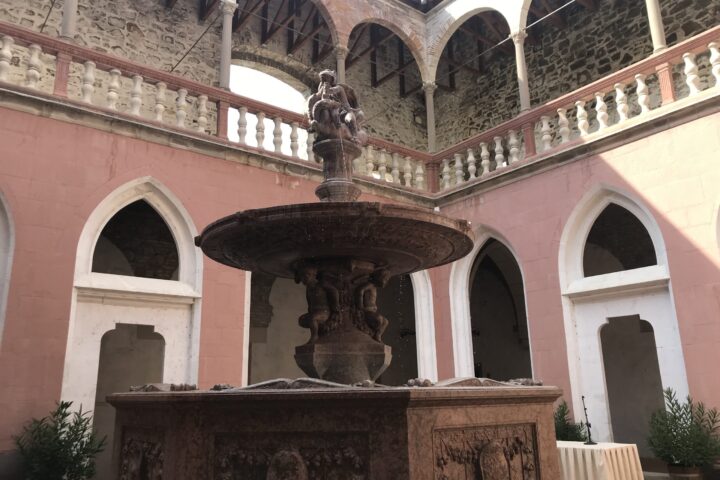
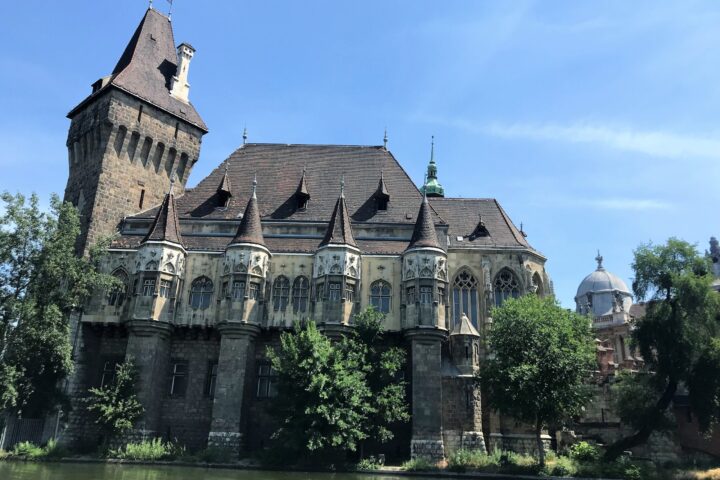
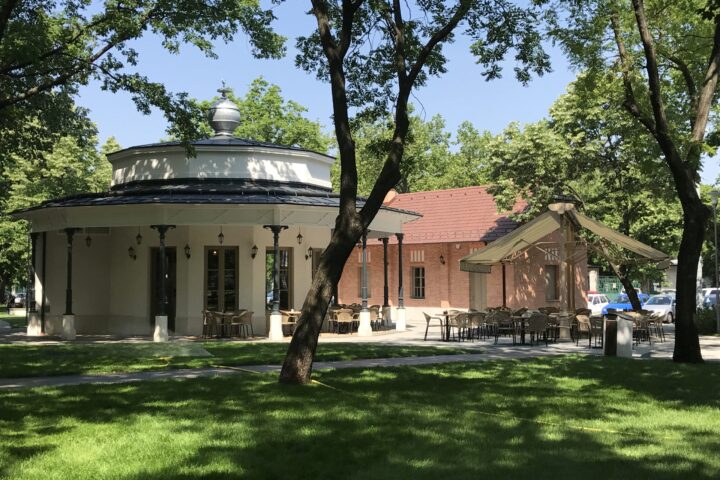
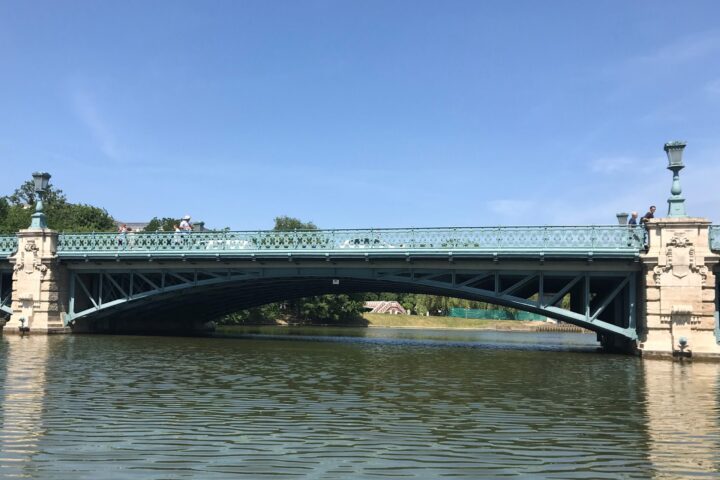
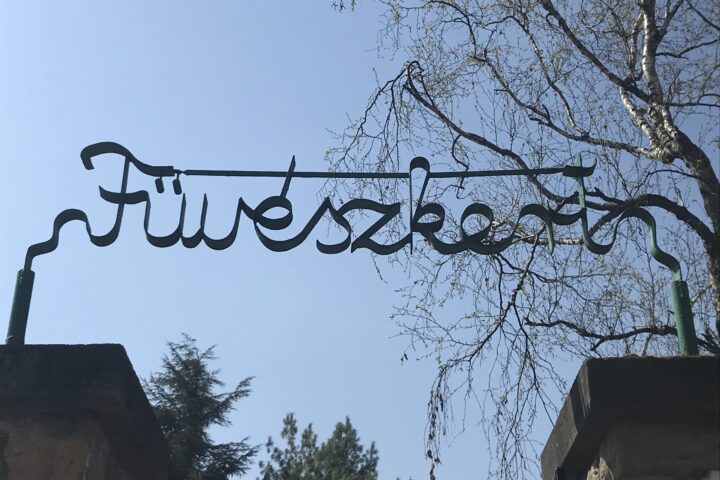
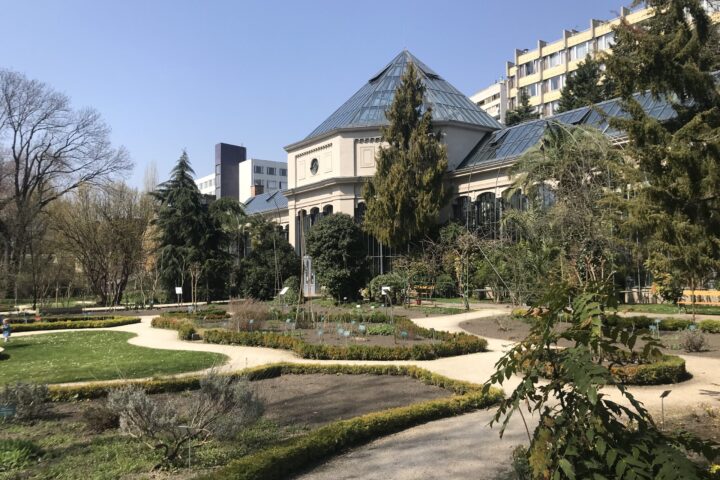


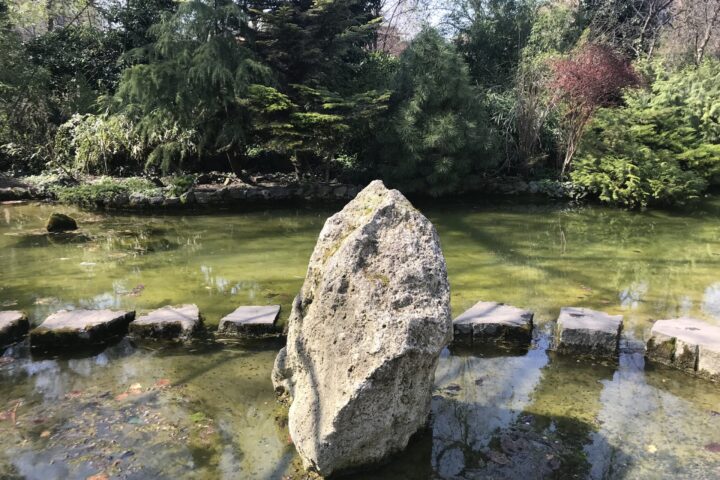
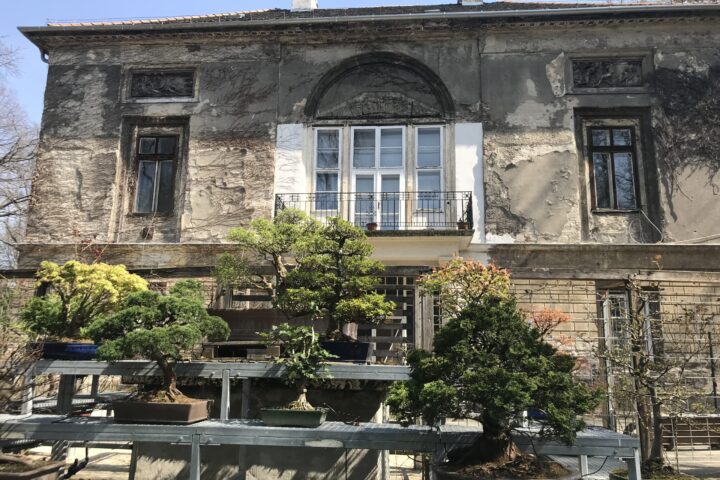
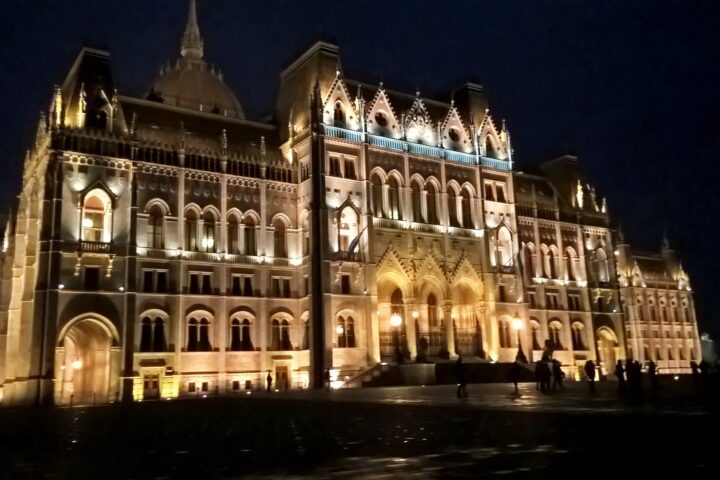


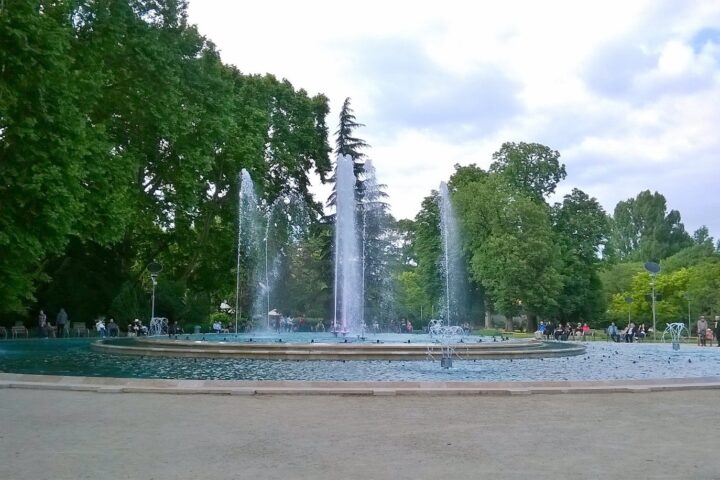
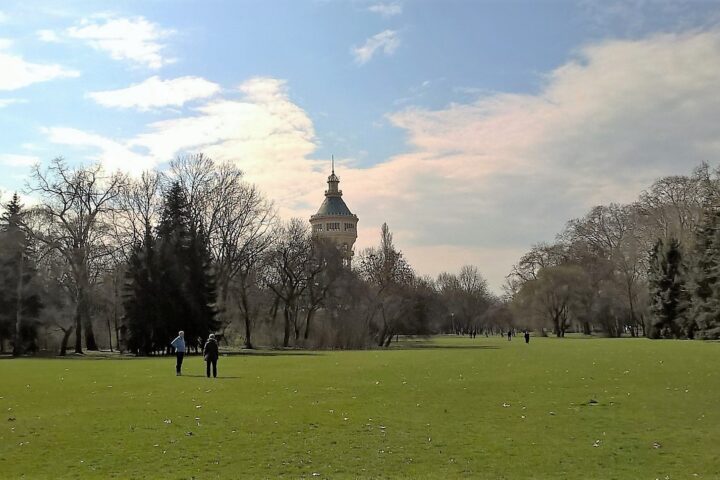

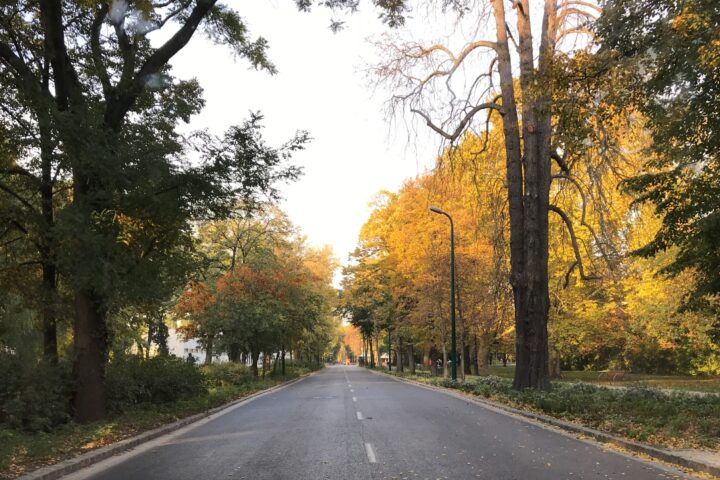
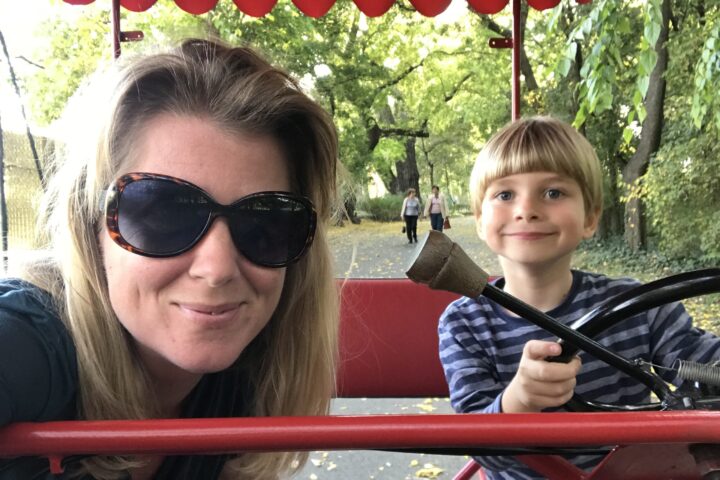
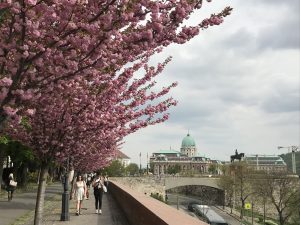
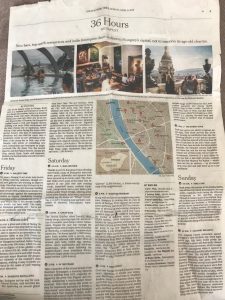 I’ve received this article from three guests of mine at different occasions – and thank you so much guys for your preparations before your actual trip to Budapest. I need to tell that most of the places recommended by The New York Times are both fun and nice, still, I have the impression I can show you so much more when you come to visit my beautiful city.
I’ve received this article from three guests of mine at different occasions – and thank you so much guys for your preparations before your actual trip to Budapest. I need to tell that most of the places recommended by The New York Times are both fun and nice, still, I have the impression I can show you so much more when you come to visit my beautiful city.
